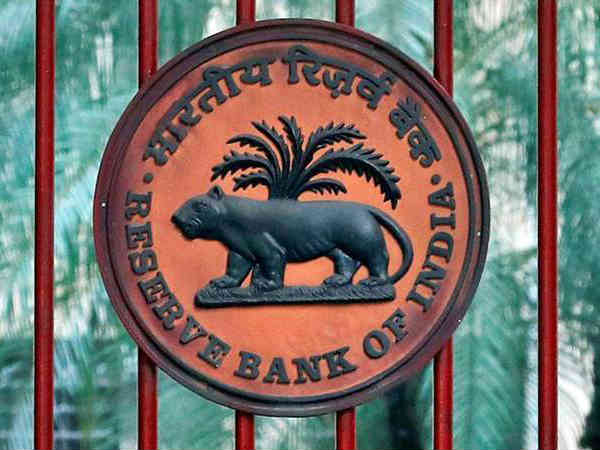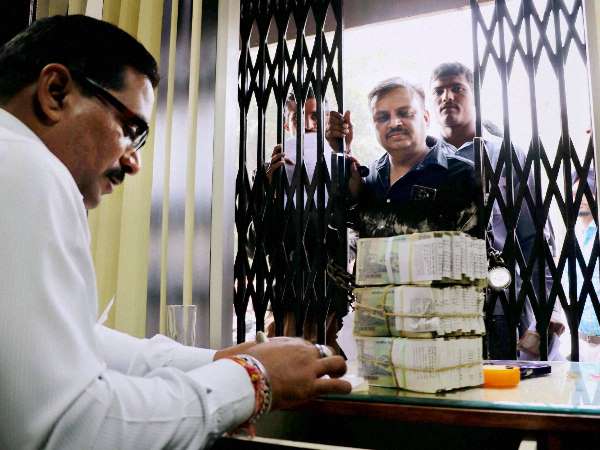What is meant by bond yield hardening
[ad_1]
Read More/Less
A phone call between two friends leads to a conversation on rising bond yields and what it means to them
Karthik: You know, I have been experiencing frequency illusion.
Akhila: What are you talking about?
Karthik: I learnt what yield means from last week’s Simply Put column in BusinessLine and now I see that word everywhere in all newspaper headlines.
Akhila: That the bond yields are hardening?
Karthik: Yeah. Any idea what yield hardening means?
Akhila: Hardening means rise in value. Yield hardening means bond yields are rising, which indicates that bond prices are falling. In the current context, this is with reference to the 10-year G-sec (or government bond), the yield on which has gone up from 5.9 per cent towards the end of January 2021 to about 6.2 per cent now.
Karthik: Since the yield is calculated by dividing the coupon rate with the current market price, any drop in the bond prices will raise the yields. I understand that. But tell me why are bond prices falling in the market?
Akhila: That is due to the government’s announcement in the budget that it will borrow an additional Rs 80,000 crore in February and March 2021 and a massive Rs 12 lakh crore in FY22.
Karthik: What is the link between bond prices and government borrowing?
Akhila: When the government borrowing increases, the supply of government bonds in the market increase. With concerns of oversupply of government paper in the bond market, there has been pressure on bond prices.
Karthik: Ok..
Akhila: As the yields on G-secs harden, the cost of borrowing not just for the government but also for companies inches up. Companies’ borrowing costs too are linked to G-sec yields.
Karthik: Oh! Can the RBI do something about it?
Akhila: RBI has been buying government bonds via open market operations (OMO) to keep the bond yield under check to control the borrowing cost of the centre. One section of the bond market watchers also argue that the central bank should stay away from any intervention as the rise in bond yields now is being witnessed globally and not exceptional to India.
Karthik: Oh! I get it now. I only hope that my existing fixed-income investments will not be impacted by these rising yields at this point.
Akhila: If you have any investments in the debt funds, they will.
Karthik: Oops. How?
Akhila: Due to the fall in bond prices, the debt funds you invested in may suffer mark-to-market losses on their g-sec or corporate bond holdings.
[ad_2]






















